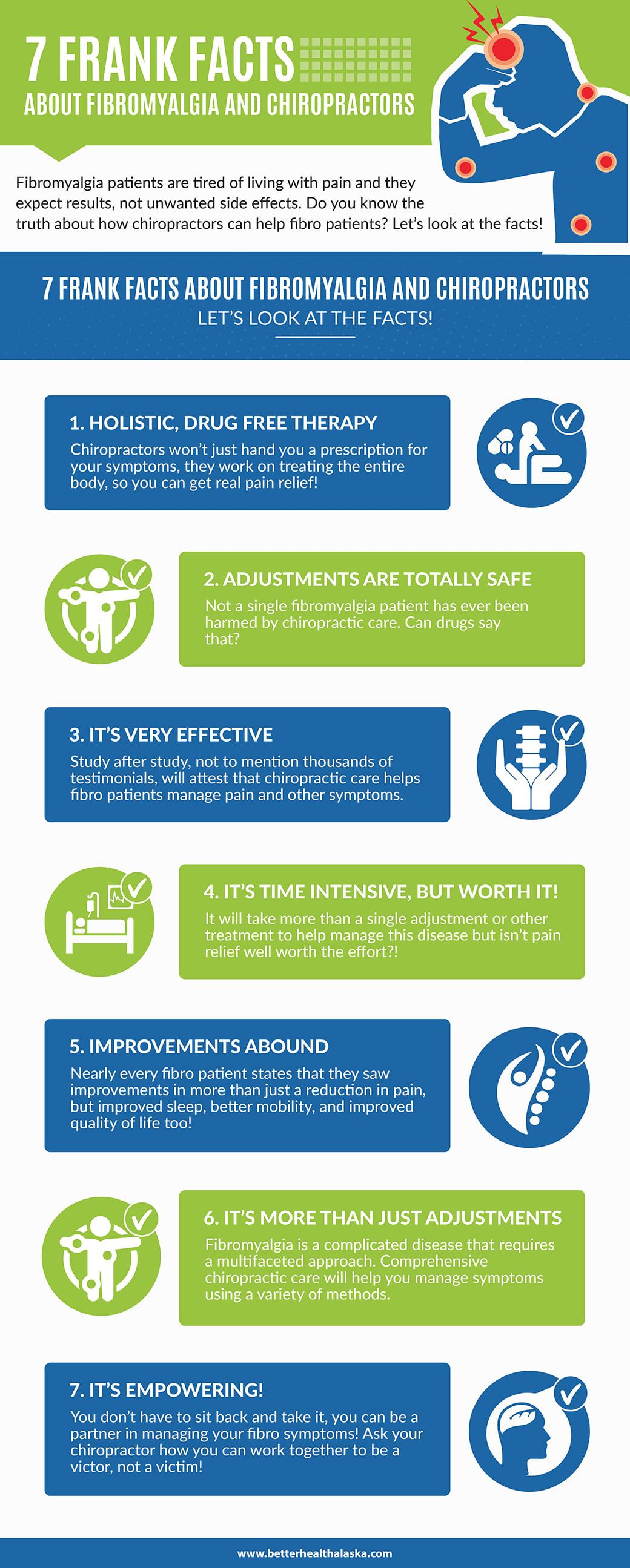The Result Of Posture On Pain In The Back: Guidelines For Keeping Good Positioning Throughout Your Day-To-Day Regular
The Result Of Posture On Pain In The Back: Guidelines For Keeping Good Positioning Throughout Your Day-To-Day Regular
Blog Article
Produced By-Bush Rollins
Maintaining proper posture isn't practically staying up straight; it has to do with aligning your body in a manner that supports your spinal column and minimizes the danger of neck and back pain. The way you sit, stand, and move throughout the day can substantially influence your spine wellness. Yet how precisely can you make sure good positioning continually, even during busy days filled with different tasks? Allow's dive deeper right into the subtle yet impactful modifications you can make to your daily regimen to keep your back satisfied and healthy and balanced.
Relevance of Correct Stance
Appropriate position is critical in keeping a healthy back and preventing pain. When you rest or stand with excellent pose, your spine is in positioning, reducing strain on your muscle mass, ligaments, and joints. This alignment permits the body to distribute weight equally, protecting against excessive anxiety on certain locations that can result in discomfort and discomfort. By keeping your back correctly straightened, you can likewise improve your breathing and food digestion, as slouching can press body organs and limit their performance.
Additionally, maintaining good pose can improve your total appearance and self-confidence. When you stand tall with your shoulders back and head held high, you radiate confidence and show up even more friendly. Great stance can additionally make you feel extra stimulated and alert, as it promotes correct blood circulation and enables your muscles to function successfully.
Incorporating proper pose right into your everyday routine, whether resting at a workdesk, walking, or exercising, is vital for preventing pain in the back and promoting overall well-being. Bear in mind, a small change in just how you hold yourself can make a substantial difference in exactly how you feel and work throughout the day.
Common Postural Mistakes
When it concerns maintaining good posture, lots of individuals unconsciously make usual mistakes that can add to pain in the back and discomfort. Among the most common mistakes is slumping over or hunching over while sitting or standing. This setting puts excessive pressure on the back and can bring about muscle mass inequalities and pain in the long run.
An additional usual error is overarching the lower back, which can squash the all-natural curve of the back and create discomfort. Furthermore, crossing legs while sitting may feel comfortable, yet it can produce an imbalance in the hips and hips, bring about postural problems.
Using a cushion that's also soft or also firm while resting can also affect your alignment and add to back pain. Finally, continuously craning your neck to check out screens or adjusting your setting often can stress the neck and shoulders. Being mindful of these typical postural errors can aid you preserve better positioning and reduce the danger of pain in the back.
Tips for Correcting Alignment
To boost your positioning and lower pain in the back, it's vital to concentrate on making small modifications throughout your everyday regimen. Beginning by being mindful of your posture. When resting, ensure your feet are flat on the floor, your back is straight, and your shoulders are loosened up. Stay clear of slouching or leaning to one side. Use see this page or paddings to sustain your reduced back.
When standing, disperse your weight evenly on both feet, maintain your knees a little bent, and embed your pelvis. Involve your core muscular tissues to sustain your spine. Take breaks to stretch and walk if you have an inactive task. Include workouts that reinforce your core and back muscular tissues, such as slabs or bridges.
While resting, use a cushion that sustains the all-natural contour of your neck to maintain appropriate spinal alignment. Avoid sleeping on your stomach, as it can stress your neck and back. By bearing in mind these suggestions and making small changes, you can slowly remedy your alignment and minimize neck and back pain.
Final thought
Keep in mind, maintaining good posture is vital to preventing pain in the back and promoting back wellness. By bearing in austin functional medicine , distributing weight evenly, and engaging your core muscles, you can lower pressure on your back and decrease the danger of discomfort and injury. Include ergonomic support, take normal breaks to extend, and enhance your core and back muscle mass to keep proper positioning throughout the day. Your back will thank you for it!
